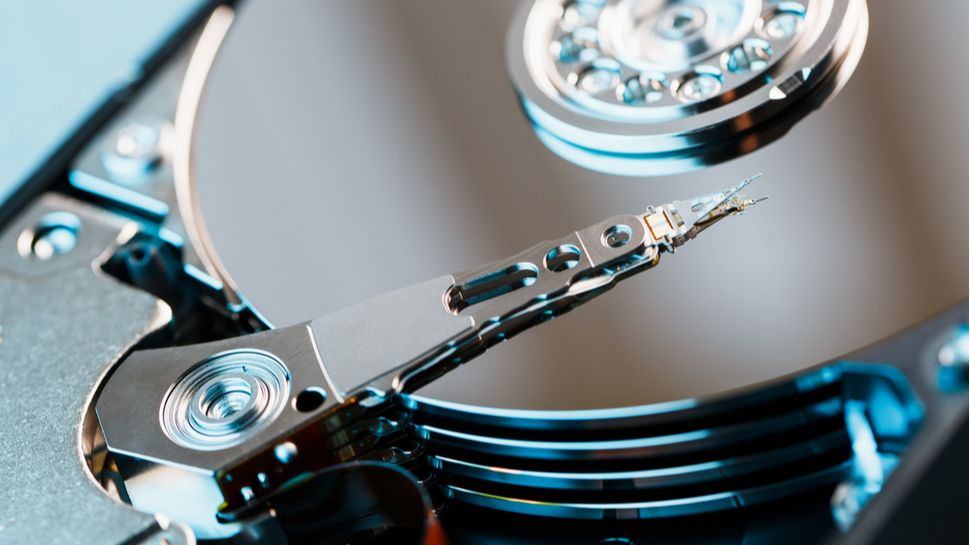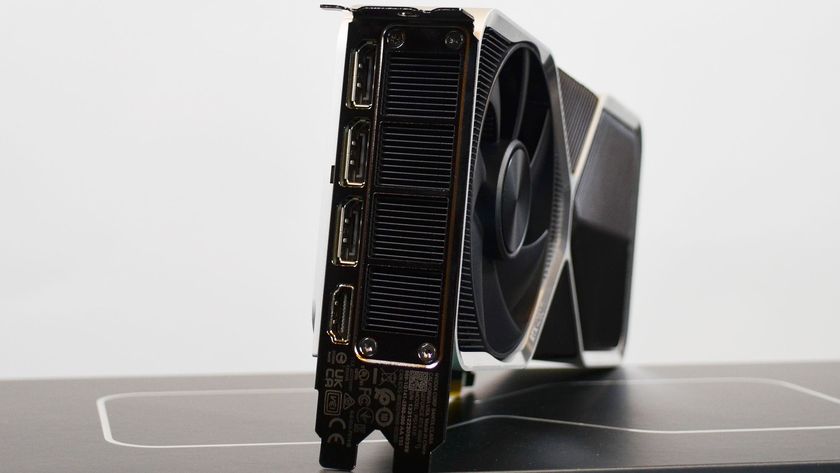It's not just you – your HDD really is getting less durable
With capacity increases come tradeoffs

New approaches to developing hard disk drives (HDDs) and solid state drives (SSDs) are making the former less durable, and more prone to failure, new research has claimed.
A report from Secure Data Recovery cites the dogmatic pursuit for increased storage capacities and access speeds as the reason for changes made to production processes, and increased stress placed on components.
Testing 2,007 drives from six leading manufacturers, including Western Digital and Seagate (who shipped 80% of all drives in 2021), the average hard drive spun for 25,233 hours before failing, around two years and ten months.
New drive manufacturing processes
The report notes that the storage drive manufacturing industry is constantly in search of the next cutting edge technology to make exponential improvements to products in the face of physical constraints - chiefly, size.
Note that most drives available to buy have been in a 3.5 or 2.5 inch industry standard form factor, despite storage capacity only increasing.
Wanting larger capacity drives without actually making them larger is always going to be tricky. When more platters and read-and-write heads are being compressed into the same space, these components can end up damaging and wearing each other.
The first major development on this road, in 2005, was Conventional Magnetic Recording (CMR), offering high densities than previous methods of data recording and making the release of the first 1TB hard drive possible in 2007.
Are you a pro? Subscribe to our newsletter
Sign up to the TechRadar Pro newsletter to get all the top news, opinion, features and guidance your business needs to succeed!
But now the industry standard is shingled magnetic recording (SMR), characterised as having a more complex, overlapping platter surface, making wear more likely.
SSD wear is easier to analyse - a finite amount of data can be written to them, and so ultimately lifespans can vary from a couple of years to over five, depending on how they’re used.
As physical storage continues to become less and less reliable, it’s important to invest in cloud storage and backup solutions. Secure Data Recovery note the 3-2-1 rule: Keep three copies of important data on two devices, with one of those copies saved offsite.
- We’ve also listed the best external hard drives right now

Luke Hughes holds the role of Staff Writer at TechRadar Pro, producing news, features and deals content across topics ranging from computing to cloud services, cybersecurity, data privacy and business software.










